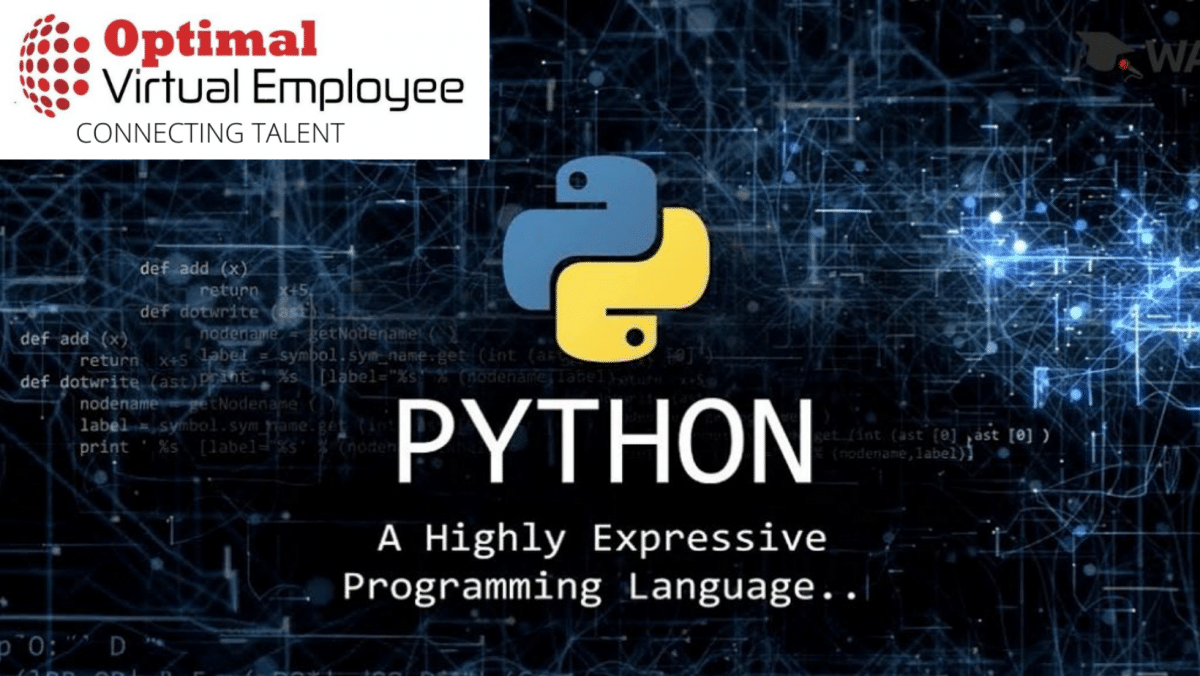First, let’s get familiar with the two keywords here, Python and web development. Python is an interpreted, high-level, object-oriented programming language created by Guido van Rossum in 1991. Interpreted means that a python program is run line-by-line as compared to a compiler where the entire code is run all at once. High-level programming language means that a python code resembles the English language to a great extent. And lastly, object-oriented programming (OOP) is a popular coding paradigm. Secondly, web development means building and maintaining websites for the internet. It is generally broken down into two categories, namely, the front-end and the back-end. Front-end development consists of Usually, programming languages like HTML, CSS, JavaScrit are used for front-end web development along with many new frameworks like React, Angular, Vue, etc. And programming languages like Ruby on Rails, Python, Node.js, PHP, and many more are used to develop the back-end.
Front-end web development is dominated by HTML/CSS and JavaScript libraries like React, Vue, and Angular. So, web development in Python majorly means back-end web development.
Python in back-end web development
The community for Python is huge, so the Python library is also vast. Hence, a lot of libraries are available for back-end development. Django, Flask, CherryPy, and TurboGears are among the top favorite web development frameworks in Python.
What is a Python framework?
A Python framework is a collection of libraries and functions that enable developers to write clean and efficient code without worrying about peculiar complications and low-level details.
Django
One of the best Python frameworks to build web apps fast and in a secure way. Django is by far the most loved framework by Python developers when it comes to web development. It has over 250k+ questions on StackOverflow and 23k+ watchers on GitHub which proves that the community support for Django is huge. As it is based on Python, the code is highly readable and easy to understand. It is built by experienced developers and utmost care is taken to develop web apps that are ridiculously fast, reassuringly secure, and exceedingly scalable. It is difficult to master but currently top companies like Instagram, Spotify, Mozilla, and many more.
Flask
Flask is a beginner-friendly web framework developed by Armin Ronacher as an April Fool’s joke in 2004. It is easy to learn and use. It is often called a microframework because it does not require any boilerplate code or dependencies that often distracts the developer from the main focus. Even though Flask started as a joke, it received positive feedback as it is very easy to learn. The reason Flask is so easy is it only provides components that are essential for development, like routing, request handling, sessions, and many more.
CherryPy
CherryPy is a highly object-oriented web framework. It helps to write a very concise and to-the-point code. A program in CherryPy represents an object-oriented Python program. A basic understanding of OOP, basics of Python programming language, and a good understanding of Model-View-Controller architecture are necessary. Though relatively new, it is fast and reliable allowing it to be used in production by many sites.
Why web development in Python?
Code in Python is highly readable and easy to understand which applies to all the web frameworks of Python. Different Python frameworks provide different advantages. Django is fast and ridiculously scalable. Flask is beginner-friendly and has no boilerplate or dependencies. CherryPy is very concise and the code is not very different from a simple OOP program.
Django vs Flask vs CherryPy
Django is a full-fledged, full stack framework with ORM* support (Object-relational Mapping). Flask is a microframework that contains only essential components and CherryPy is a minimalist, object-oriented framework. Both Flask and CherryPy do not have ORM support. Django is currently being used in a huge number of 2736 recognized companies including Pinterest, Linkedin, Spotify, and so on, compared to 1014 companies that use Flask. These include Netflix, Reddit, Lyft. Lastly, CherryPy is used by a mere 72 companies. Compared to these other popular Python frameworks are web2py, Bottle, TurboGears, and so on. Web2py is reportedly used by 83 companies, Bottle by 4 and TurboGears by 127 companies, indicating that web development in Python is highly dominated by Django and Flask.
Object-relational mapping (ORM, O/RM, and O/R mapping tool) in computer science is a programming technique for converting data between incompatible type systems using object-oriented programming languages.
Django vs Flask
Django provides a full-featured framework compared to Flask which is a microframework. Django follows the Model-View-Controller (MVC) pattern compared to Flask which does not have any dependencies. Django comes with a built-in template engine whereas Flask template engine Jinja2 is based on Django’s template engine. Django has a prominent, ready to use admin app whereas Flask does not provide any such functionality. To conclude, Django is a web framework that is difficult to master but if learnt thoroughly can be incredibly fast and highly scalable. On the other hand, Flask is very easy to learn because it does not have any dependencies.
Conclusion
Both Django and Flask are very successful frameworks in their own domains. And it is entirely dependent on the developer the choice of framework to be used in a project. It can also be CherryPy or TurboGears or even any other new framework not mentioned above!









